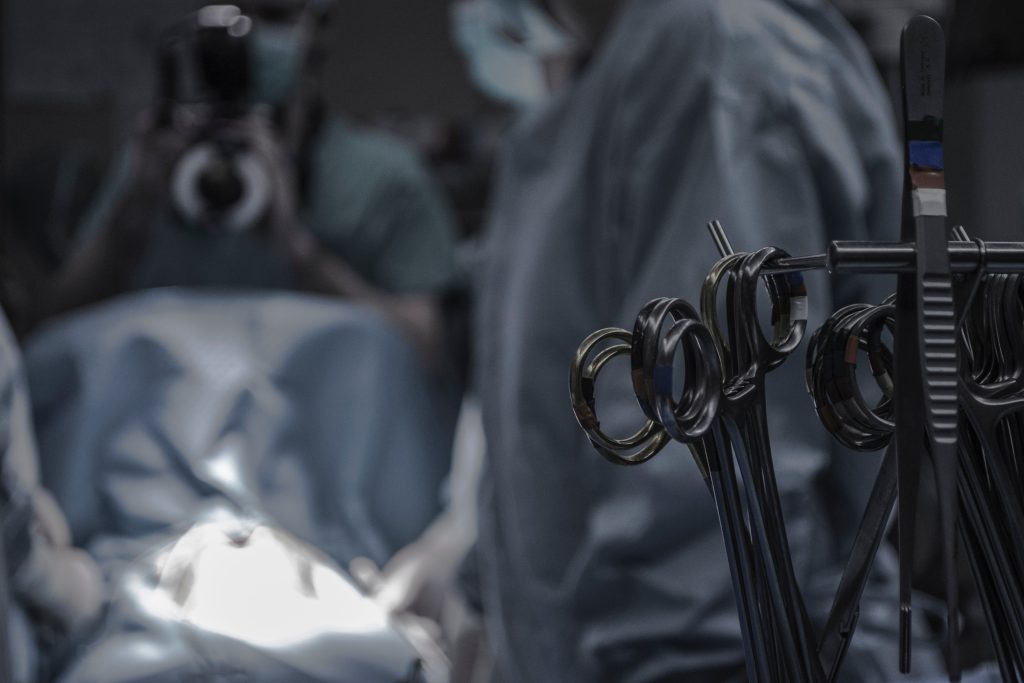
Have you ever had your finger locked in a bent position? Most people who complain of this condition have hobbies or perform repetitive tasks requiring them to grip their fingers. Unfortunately, over time the tendons of the finger become inflamed, and the finger gets stuck in a bent position.
Sometimes the finger snaps back into its correct position, but in severe cases, the finger locks in place, forcing you to undergo surgery to fix it. Trigger finger surgery is not usually the first option, but in some cases, it is the best option.
Surgery is usually done on the trigger finger to increase space in the tendons. This will allow you to easily move your finger without feeling any pain or the risk of it locking.
Doctors usually opt for surgery when;
- The patient is healthy.
- The symptoms are severe.
- Other non-invasive treatments fail.
Open Surgery
During the open surgery, the doctor will either use a mild sedative given through an intravenous line or inject a local anaesthetic on the hand. When the doctor uses the latter, your hand will be numb, but you will be awake through the process.
The doctor then makes a ½ inch (3.8cm) incision on the finger and cuts part of the tendon sheath. Sometimes, a thick sheath prevents the finger from moving smoothly. Once satisfied with how your finger moves, he will stitch the incision.
This trigger finger surgery is carried out as an outpatient and shouldn’t take a long time.
Percutaneous Release Surgery
Percutaneous release surgery is carried out on the trigger finger without an incision. Like open surgery, the doctor uses local anaesthesia to numb the hand.
Instead of an open incision, the surgeon will;
- Use ultrasound imaging as a guide when inserting a needle into the affected tendon sheath.
- Attempt to break up the tissue that prevents the finger from moving from the locked position.
- Once the finger snaps back into the proper position, the procedure is complete.
Since there was no incision, the healing process is much faster than open surgery. However, most doctors prefer open surgery because they have a better view of what is happening.
The risk of damaging a healthy tendon sheath is high during the percutaneous release surgery. Additionally, only a few doctors can confidently use this method because they need more expertise and experience to use ultrasound imaging as a guide when inserting the needle.
Tenosynovectomy
When the first two surgeries mentioned above do not work, doctors may recommend Tenosynovectomy. This procedure is commonly done on people with rheumatoid arthritis or those who have developed tenosynovitis.
Tenosynovectomy reduces joint inflammation and is often a solution if anti-inflammatory medications or compression fails.
During the process;
- The doctor will use local or general anaesthesia.
- The doctor will then open the tendon sheath and remove the inflamed tissue restricting the tendon’s movement.
This procedure is usually necessary for patients at risk of suffering significant tendon damage due to failed treatments.
These are the major surgeries for the trigger finger. Your doctor will recommend the ideal trigger finger surgery depending on the severity and the state of your joint health.
Some surgeries, such as tenosynovectomy, will need preparation. For example, not eating or drinking a few hours before the surgery. So, you should research and ask the doctor for guidance on the type of surgery, the preparation, and the healing process.